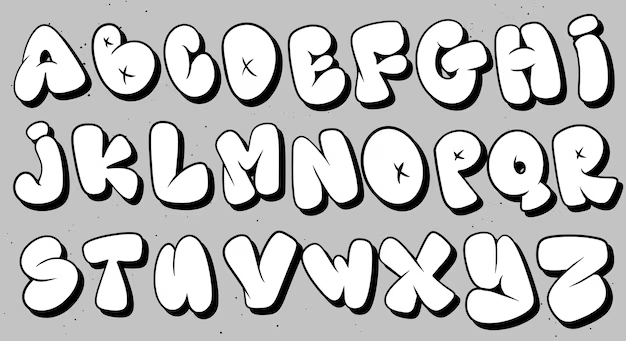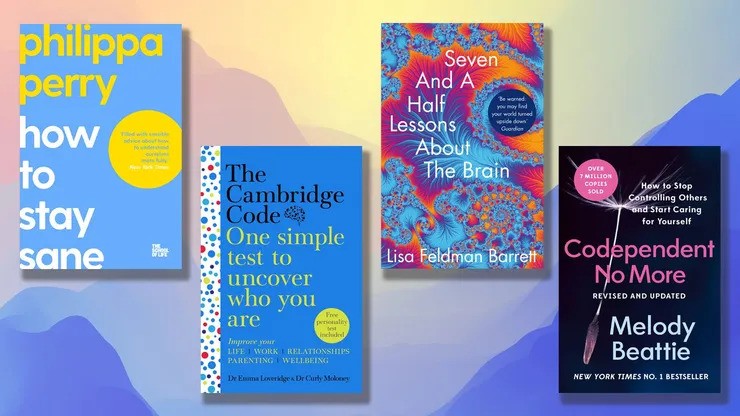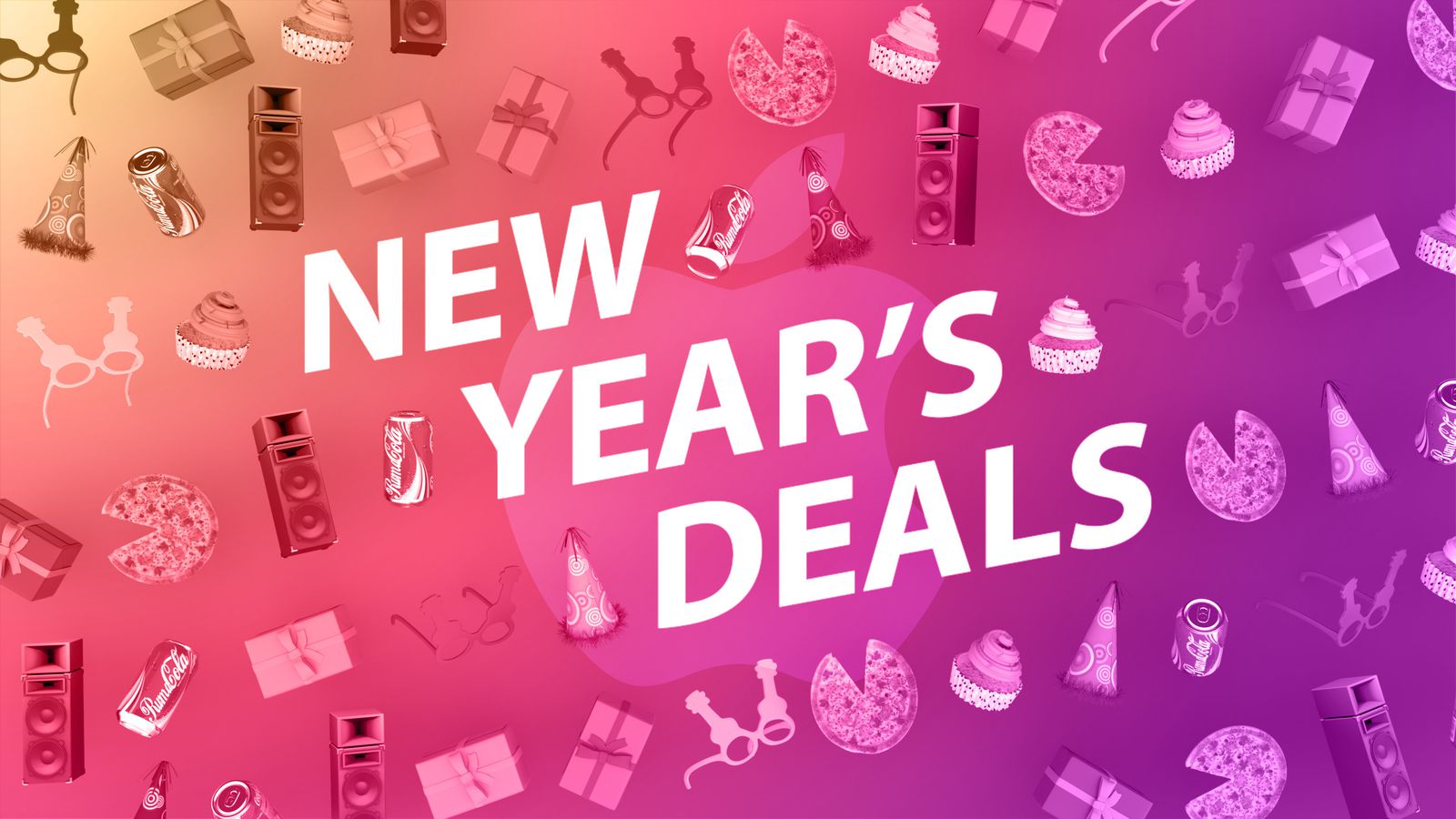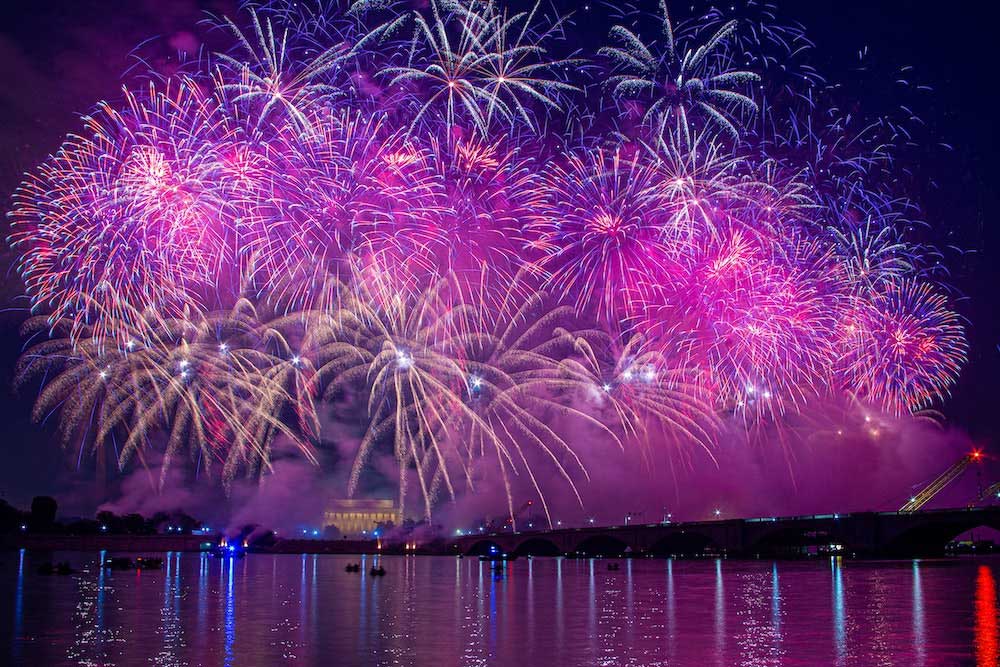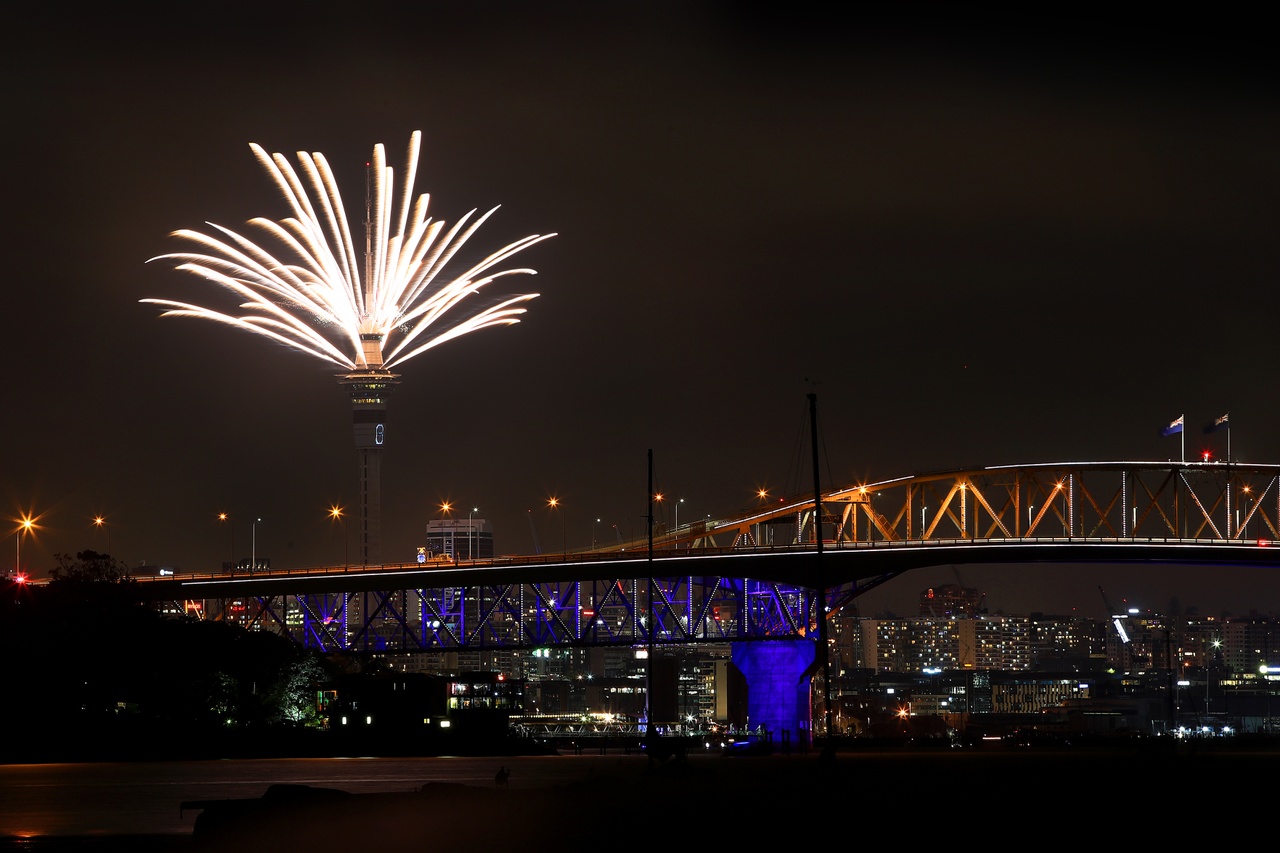Typography is an essential part of design, shaping the way we communicate visually. Among the various styles, bubble fonts stand out with their round, playful aesthetic, instantly creating a fun, light-hearted vibe. Whether used in logos, social media graphics, or children’s products, bubble fonts have a unique appeal that captures attention and communicates a sense of creativity. This guide dives deep into bubble fonts, exploring their uses, benefits, history, and how to make the most out of them in your design projects.
1. What is Bubble Font?
1.1. Definition and Characteristics
Bubble fonts are a style of typeface characterized by rounded, soft edges that give letters a puffy, inflated appearance—hence the name “bubble.” These fonts often resemble hand-drawn lettering, evoking a sense of playfulness and youth. The letters can be filled or outlined, making them suitable for various design contexts where a fun, approachable tone is desired. The exaggerated curves make bubble fonts ideal for informal and eye-catching projects, grabbing attention without appearing too formal or serious.
Designers use bubble fonts when they want their text to stand out in a playful, creative way. The bold, rounded nature of these fonts makes them highly legible, even from a distance. Whether you’re creating a poster for an event, designing a playful logo, or working on children’s content, bubble fonts can add the perfect touch of fun.
1.2. History and Evolution of Bubble Fonts
Bubble fonts trace their origins to the 1970s, an era known for bold and experimental design. The aesthetic of the time embraced curves and exaggerated shapes, and bubble fonts became a popular choice for branding, album covers, and advertisements. Their playful style aligned well with the colorful, vibrant culture of the decade.
Over the years, bubble fonts have evolved and adapted to new design trends. While they fell out of fashion during the minimalist design wave of the 2000s, their appeal has seen a resurgence in recent years. With the rise of retro aesthetics and nostalgia-driven design, bubble fonts are once again finding their place in modern design projects, thanks to their timeless ability to convey joy and creativity.
2. Why and When to Use Bubble Fonts
2.1. Popular Design Contexts
Bubble fonts thrive in designs that aim to communicate creativity, fun, and approachability. Commonly seen in logos for children’s brands, toy packaging, and playful marketing campaigns, bubble fonts are effective in grabbing attention. They’re also popular in social media graphics where bold, eye-catching typography is key to standing out in a crowded feed. Events, parties, and informal product launches can benefit from the light-hearted energy that bubble fonts bring.
In digital spaces, bubble fonts can be particularly useful for creating a distinctive brand identity on platforms like Instagram and Pinterest, where visuals dominate. These fonts work well in situations where fun, informal communication is needed, like invitations, greeting cards, and educational materials for younger audiences.
2.2. Benefits of Using Bubble Fonts
Bubble fonts offer numerous benefits. Their playful and approachable style makes them ideal for designs aimed at younger audiences or those seeking a creative flair. They are inherently attention-grabbing due to their bold, rounded shapes, making them a great choice for headlines, posters, and other large-scale designs.
Another advantage is the readability of bubble fonts. Despite their unique design, bubble fonts are usually very legible, even in smaller sizes. This makes them versatile for both print and digital formats. Moreover, bubble fonts inject a sense of joy and positivity into a design, which can help to establish an emotional connection with the audience.
2.3. Situations to Avoid Using Bubble Fonts
While bubble fonts are excellent for casual, playful designs, they are not suited for all contexts. In professional or formal settings, such as corporate branding, legal documents, or academic papers, bubble fonts may come across as unprofessional or out of place. They can detract from the seriousness of the message, making it difficult to be taken seriously in these settings.
Additionally, using bubble fonts excessively within a single design can overwhelm the viewer. When too many elements are playful, it may become difficult for the audience to focus on the message. It’s essential to use bubble fonts sparingly, balancing them with other, more neutral fonts to maintain a clean and cohesive design.
3. How to Choose the Right Bubble Font for Your Project
3.1. Understanding Different Types of Bubble Fonts
There are many variations of bubble fonts, each with its own personality. Some fonts feature thick, bold letters that command attention, while others are more delicate with thinner, rounded strokes. Outline bubble fonts, where the letters are hollow, can add an extra layer of customization, allowing designers to play with colors and patterns inside the letters.
Choosing the right style depends on the context of your design. For instance, bold bubble fonts work well for logos or headlines that need to stand out, while thinner bubble fonts may suit more subtle or secondary text. Knowing the differences between these types allows designers to pick the perfect font that complements the overall aesthetic of their project.
3.2. Top Bubble Fonts Available Online
There are plenty of great bubble fonts available online, both free and premium. Popular platforms like DaFont, Google Fonts, and Creative Market offer a wide selection of high-quality bubble fonts that can be used in personal or commercial projects. Examples of widely-loved bubble fonts include “Bubblegum Sans,” “Komika Bubble,” and “Luckiest Guy.” Each has its own distinct vibe, so exploring a few options can help you find the one that best fits your design needs.
3.3. Matching Bubble Fonts to Your Design Aesthetic
Selecting the right bubble font isn’t just about the font style itself; it’s also about how it complements the rest of your design. Bubble fonts pair best with bright, cheerful color palettes and fun graphics. For example, using pastel or vibrant colors alongside bubble fonts can amplify the playful tone.
Another effective technique is to mix bubble fonts with more traditional fonts. Using bubble fonts for headings or logos and a more neutral font for body text creates a balanced design that’s both creative and functional. This approach ensures that the playful elements of bubble fonts don’t overpower the message you’re trying to convey.
4. How to Create Your Own Bubble Font
4.1. Tools and Software for Bubble Font Creation
For those wanting to take a step further, creating custom bubble fonts can add a personal touch to design projects. Graphic design software like Adobe Illustrator or FontLab is commonly used to create custom fonts. These tools allow designers to draw each letter, fine-tune their shapes, and export them into usable font files.
4.2. Tips for Designing Custom Bubble Fonts
When designing your own bubble font, consistency is key. Ensure that the roundness and proportions of each letter are uniform to maintain visual harmony. Additionally, experiment with different levels of exaggeration to find the right balance between creativity and legibility.
4.3. Licensing and Sharing Custom Fonts
Once you’ve created your custom bubble font, you’ll need to consider how you plan to share it. Some designers choose to license their fonts for commercial use, while others may share them freely on platforms like DaFont or Creative Market. Make sure to include proper licensing information to protect your work.
Conclusion
Bubble fonts are a versatile and playful choice for a wide range of design projects. Their distinctive look and inherent charm make them a favorite among designers looking to inject fun and creativity into their work. Whether you’re downloading an existing font or creating your own, bubble fonts are a powerful tool for making designs stand out in an eye-catching way

